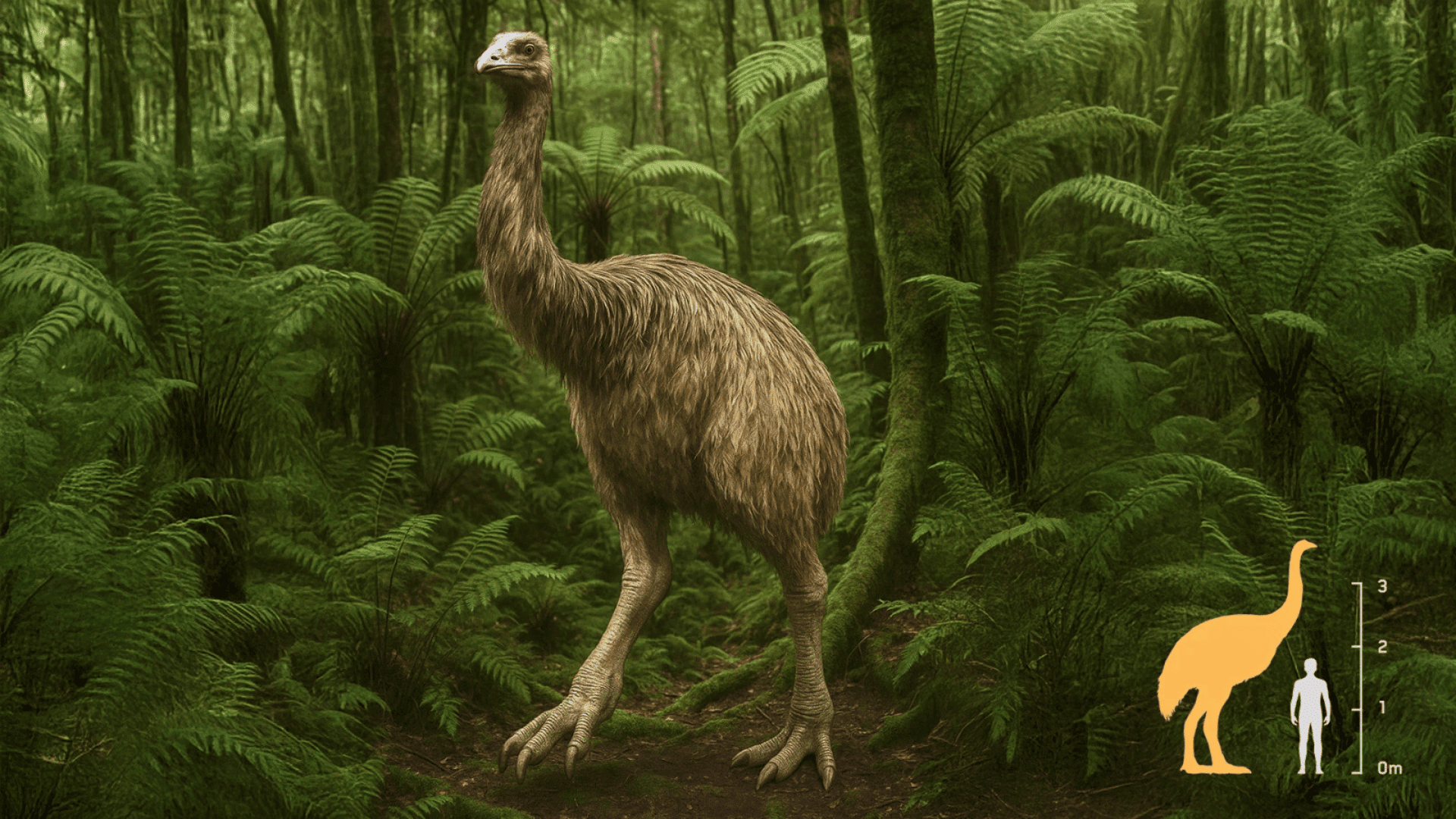It’s safe to say that the TWT team is booked for the foreseeable future as their park plans start to take shape. In this episode, George takes his Chipper the Cloud idea to Dorrance Publishing to make it into a children’s book. Tamara journeys out to Knepper Press, one of the printing companies Dorrance uses, to see the book go from blank page to printed hardcover with colorful artwork. While Tamara does this, George is busy back at headquarters talking with Gildan about the different sustainable practices they could use in The Park of the Future. We’re all about sustainable practices here at TWT so we had to ask- how sustainable is the book publishing industry?

As we discovered, the publishing industry has a fairly large carbon footprint- using roughly 32 million trees annually in the United States alone. Luckily, publishers are taking steps to reduce their environmental impact. One example of this is Hachette Book Group who created a comprehensive environmental policy in 2009, setting goals to lower their greenhouse gas emissions and find responsible paper resources. According to Green Matters, by 2013 the rate of Forest Stewardship Council (FSC) certified paper used by the company had already gone up to 84% and their use of recycled fiber went up to 10%.
Another example is Scholastic, who has targeted a minimum use of 60% FSC certified paper. Macmillan has also made headway in their green initiatives. Since 2009, they’ve reduced their CO2 intensity per ton of purchased paper by 44%. This goal was set out by CEO John Sargent and they accomplished this feat by using more energy efficient mills.

There are those out there that will always prefer the feel of turning a physical page, but you may be swayed to know that e-books are largely helping the publishing industry go green. While printed books create CO2 emissions and require cutting trees, e-books have a much smaller environmental impact. They aren’t the perfect solution, however, since they still require energy both to use and make, but they still involve a much smaller environmental impact than that of physical books.
In addition to using responsibly-sourced paper, companies have also begun to use more eco-friendly inks (like vegetable based inks) to bring down toxic emissions. Several companies like Ecological Fibers are working to create more environmentally friendly book cover materials as well. With just a little bit of shelf-awareness, this industry will be able to turn the page to a green future.







